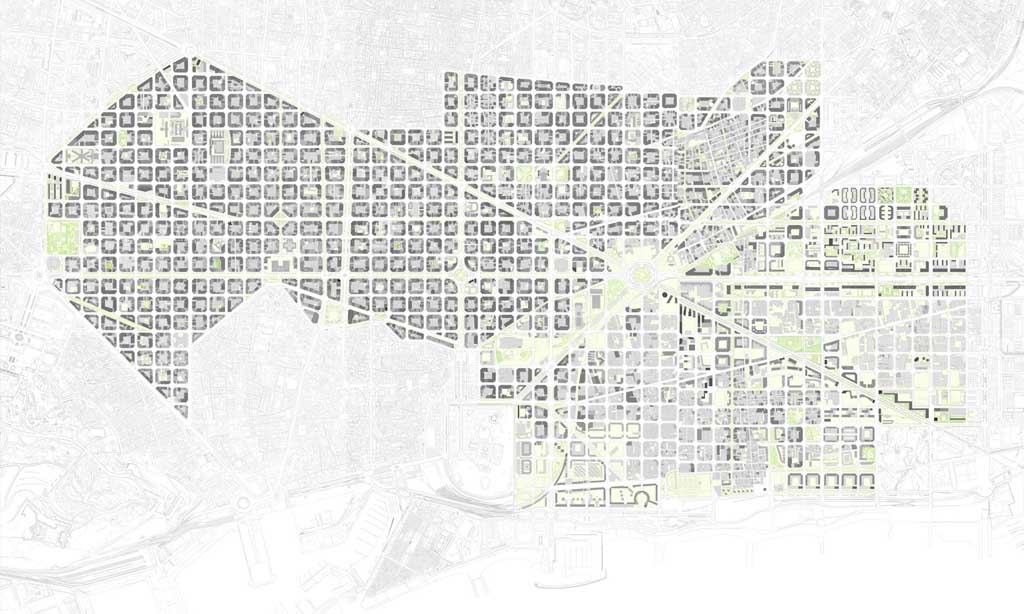
| Title | Evaluation of corrosion effects, repair and strengthening of concrete structures. Numerical and theoretical models and experimental tests. |
| Acronym | ADRESS |
| Reference | BIA2009-11764 |
| Partners | BASF Construction Chemicals TEC-CUATRO S.A., Control Técnico de Calidad, S.A., Gestió d’Infraestructures, S.A (GISA) |
| Project Leader | Antonio R. Marà Bernat |
| Contractor | MICINN: Ministerio de Ciencia e Innovación (Spanish Goverment) |
| Plan | Plan Nacional de I+D (2008-2011) |
| Program | Investigación Aplicada Colaborativa |
| Initial date | 2009 |
| Final date | 2012 |
| Fundings | 123 |
| Professor in charge | Antonio R. Marà Bernat |
| Summary |
Along their service life, structures are subjected to environmental and mechanical actions which may cause damage and progressive deterioration, affecting their durability, functionality and safety. In addition, many structures are subjected to load increments, changes in their use or geometrical modifications, to satisfy new service demands. In order to accurately evalua at any time of its service life, as well as the need for a repair or strengthening and, in such a case, the efficiency of the intervention, adequate analytical models are necessary. Such type of models must be capable to capture the non-linear and time-dependent structural response and the different failure modes under combined normal and shear stresses, the structural effects of the deterioration due to environmental effects and those due to changes produced by any repair or retrofit intervention at any time. In the present project the development and the experimental verification of a non-linear and time-dependent analytical model for thre dimensional concrete frames is proposed. The model should be capable to capture the global effects of the deterioration due to corrosion of the longitudinal and transverse reinforcements, and the effects of any strengthening intervention. The model will be based on other two models previously developed by the research group: a non-linear structural model capable to simulate the flexural response of segmentally constructed structures and a second one capable to capture the coupled response of sections in front of combined normal and shear forces. Both models will be integrated, together with a deterioration model into a single global structural model. Thus, the effects of different strengthening systems (steel or FRP bonding, lateral confinment, section enlargement, external prestressing) will be captured together with possible changes in the failure mode produce by the retrofit. The model will be experimentally checked and calibrated through laboratory tests of a) structural elements pre-damaged and subsequently strengtehend and b) continuous beams deteriorated by means of accelerated corrosion. Additionally, the model will be used to predict the behaviour of monitored actual structures subjected to strengthening and field load tests. The global objective of the project is to develop an anlytical tool useful for the assessmen of the serviceability and safety of structures both at the design stage and along their entire sevice life. In order to achieve this objective, the model should include the structural effects of deterioration and those of repair and strengthening interventions. It is aimed, with this project, to help in the decision making in the structural management and maintenance programs, to rationalize the use of resources, to reduce the cost of the interventions and to extend the structures service life, thus contributing to the sustainable development. For this purpose, a research team with participation of a member of UdC working jointly with the UPC group has been set, with the aim of facing the problem from a pluridisciplinary and global way. |




